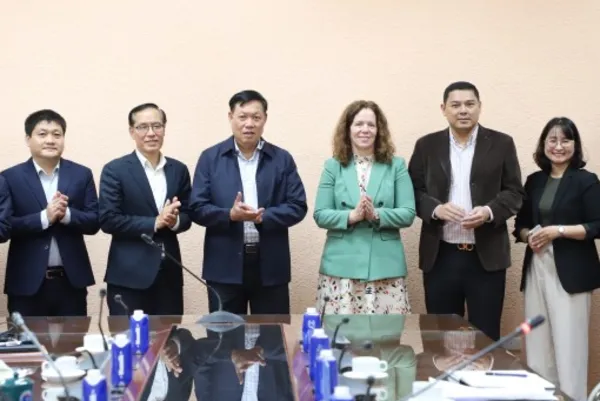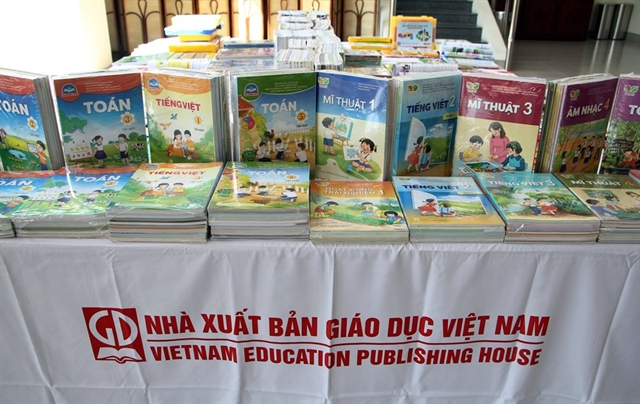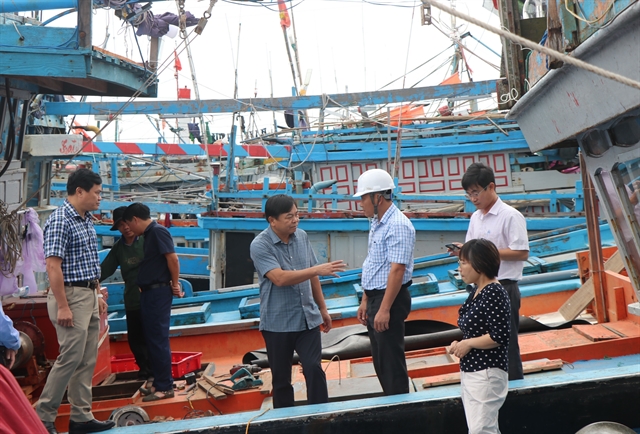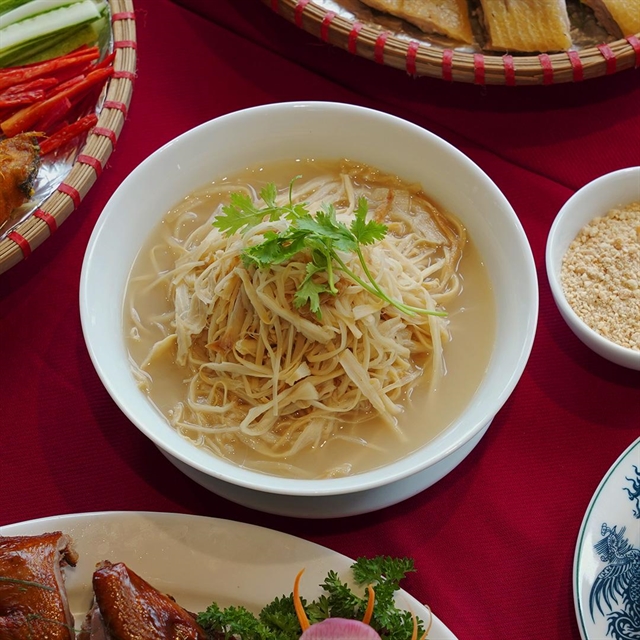 Opinion
Opinion

 |
| Lê Trần Nguyên Hùng, Deputy Director of the Directorate of Fisheries under the Ministry of Agriculture and Environment. VNA/VNS Photo |
Investigating marine resources helps the Government and businesses prove that Việt Nam’s seafood is legally caught, traceable and meets international sustainability standards. This vital work provides the scientific basis for effective management, conservation and sustainable use. Lê Trần Nguyên Hùng, Deputy Director of the Directorate of Fisheries under the Ministry of Agriculture and Environment, spoke with the Vietnam News Agency about the issue.
How do you assess the current status and role of Việt Nam’s marine resources?
Việt Nam has a coastline stretching over 3,260 kilometres, with around 3,000 islands including the Hoàng Sa (Paracel) and Trường Sa (Spratly) archipelagos. Its waters are among the most biodiverse in the world, ranked 16th globally with over 11,000 recorded marine species.
The country’s marine ecosystems are highly diverse, ranging from mangrove forests and coral reefs to seagrass beds, estuaries and tidal flats. These ecosystems not only provide vast natural conservation potential but also offer essential ecological services for the sustainable development of fisheries, tourism and the broader marine economy.
Marine resources and ecosystems play a vital role in sustaining the livelihoods of millions of fishermen, promoting socio-economic development, ensuring national defence and security and affirming Việt Nam’s maritime sovereignty.
However, in recent years these resources have declined significantly. The estimated total reserves are about 3.95 million tonnes, while the annual catch already reaches 3.8 million tonnes, almost at the maximum allowable limit. This indicates a risk of overfishing, resource depletion and ecosystem degradation.
The main causes include overexploitation, destructive fishing practices, the use of banned gear, electric shocks, explosives and the catching of juvenile fish, even within protected areas. Without strong interventions, many marine species could disappear in the next 5–10 years, leading to the collapse of marine ecosystems.
What role does resource assessment play in sustainable fisheries management, especially as Việt Nam works to lift the EU’s yellow card warning on illegal, unreported and unregulated (IUU) fishing?
Resource investigation and assessment form the scientific foundation for fisheries management policies. Based on survey results, authorities can determine stock levels and allowable catch, which serve as the basis for allocating fishing quotas to localities and sectors. This helps control fishing intensity and prevent overexploitation.
The data also provides scientific evidence proving the legality and sustainability of Việt Nam’s fishing activities, which is essential for meeting international regulations and demonstrating compliance in the process of lifting the EU’s yellow card.
Such investigations enable both the Government and enterprises to prove that Việt Nam’s seafood is harvested within permissible limits, traceable to its source and aligned with global standards for conservation and sustainable development.
Furthermore, survey outcomes support marine spatial planning, identifying protected zones, fishing grounds and temporary no-take areas during spawning seasons, thereby creating a comprehensive map of Việt Nam’s marine resources.
Could you share more about the plan to implement the national marine resource survey programme through 2030?
The Prime Minister has approved Decision No. 523/QĐ-TTg on the implementation of a comprehensive programme to investigate and assess Việt Nam’s fishery resources and aquatic habitats nationwide through 2030. The next survey cycle is scheduled to begin in 2026.
This is a key mission to realise the Việt Nam Sustainable Marine Economic Development Strategy to 2030, with a vision to 2045, and the Việt Nam Fisheries Development Strategy to 2030, with a vision to 2045.
The programme will be carried out in a synchronised, inter-regional and unified manner nationwide, building upon and integrating existing projects to ensure efficiency. Survey activities will focus on establishing scientific baselines on fishery resources, fishing activities and habitats; assessing stock fluctuations in marine and inland waters; and providing data for planning, conservation, exploitation and sustainable fishery development.
How will this data be digitised to improve the efficiency of resource management?
The Ministry of Agriculture and Environment is upgrading the national database on fishery resources and exploitation, moving toward full digital transformation in management, licensing and quota allocation.
National-level data will focus on offshore waters – areas under the ministry’s direct management and quota authority – while coastal and inland waters will be surveyed and managed by localities within their delegated powers.
All this information will be integrated into a central database, ensuring consistency in methodology, standards and management tools. Once completed, the system will enable authorities to track stock levels, fishing intensity and quota distribution transparently.
Digital data will also strengthen Việt Nam’s ability to demonstrate sustainable fisheries management and enhance the reputation of Vietnamese seafood in global markets. — VNS




